Global financial markets are on high alert today as they await two critical announcements from the US, including the release of May’s CPI and FOMC rate decision accompanied by new economic projections. These events are expected to play a crucial role in shaping market sentiment and monetary policy outlooks.
Analysts expect headline CPI to remain steady at 3.4% yoy, while core CPI, which strips out volatile food and energy prices, is anticipated to dip further from 3.6% yoy to 3.5% yoy. On a month-over-month basis, headline CPI is projected to rise by 0.2% mom, and core CPI by 0.3% mom.
Regarding Fed’s upcoming decision, the consensus is that interest rates will be held steady at 5.25-5.50%. However, the focus will be on the updated dot plot, which reflects the rate expectations of Fed policymakers. Key questions include how many policymakers now foresee fewer than two rate cuts this year and whether any still see the need for further hikes.
Current market sentiment suggests that Fed might only cut rates once this year, with an 88.5% probability of a cut by December. The chances of a rate cut in September stand at 52.6%, while the likelihood of a cut in November is slightly higher at 67.1%. These expectations will be closely scrutinized against the backdrop of today’s announcements.
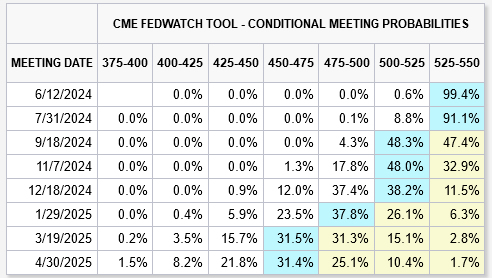
Ahead of theses key events, NASDAQ is looking unstoppable as it surged to fresch all-time highs. S&P 500 also closed at record but its gain was dwarfed by the tech index, while DOW lagged further behind with a loss.
Technically, further rise is expected in NASDAQ as long as 17343.54 support holds. Next target is 61.8% projection of 12543.85 to 16538.86 from 1522.77 at 17691.68. Firm break there could prompt upside acceleration to 100% projection at 19217.78. On the downside, break of 17343.54 will bring consolidations first before staging another rally.





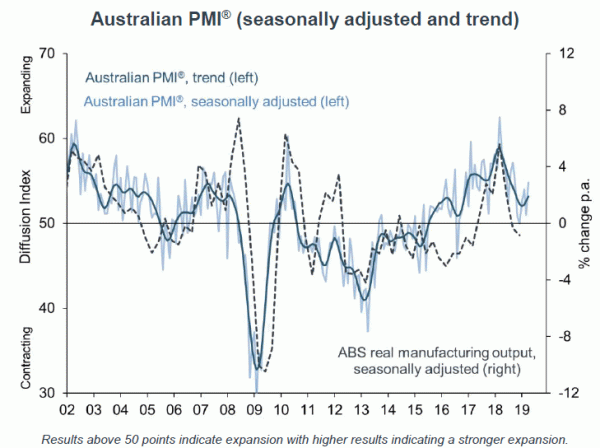
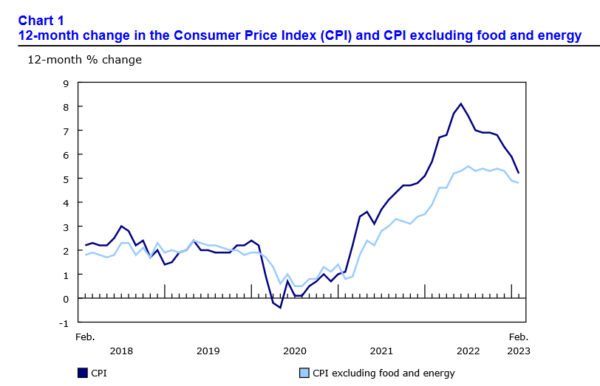
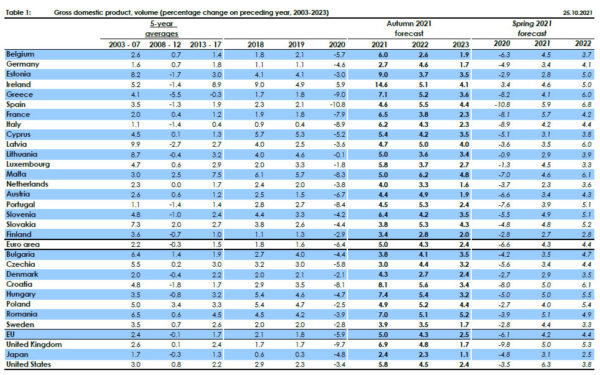
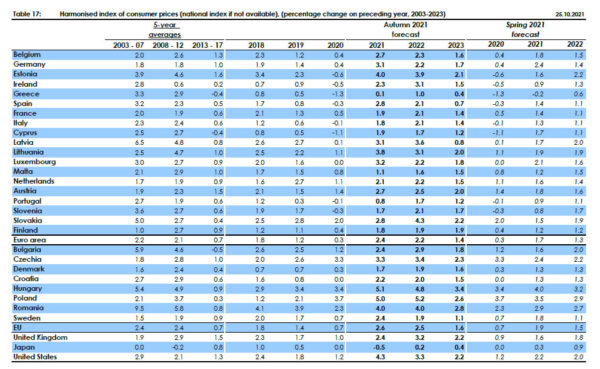
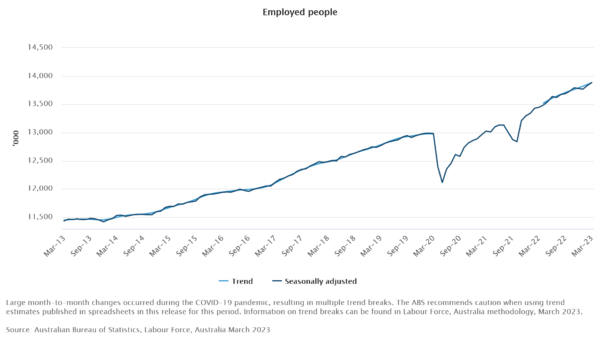
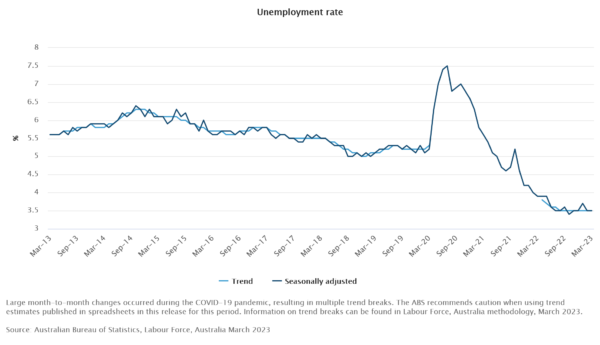


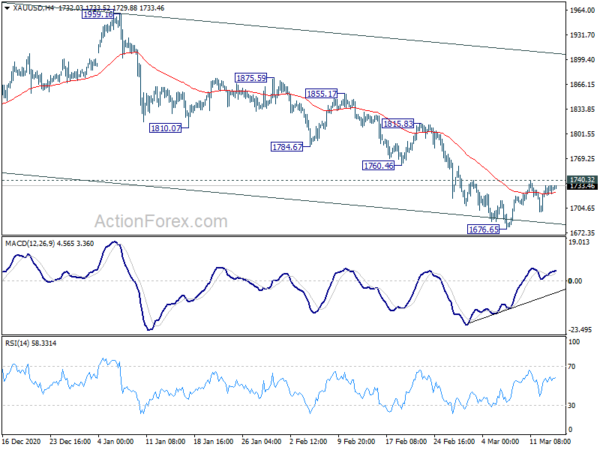
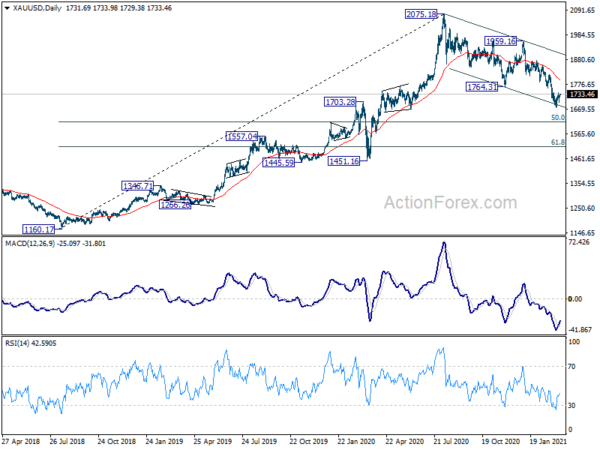
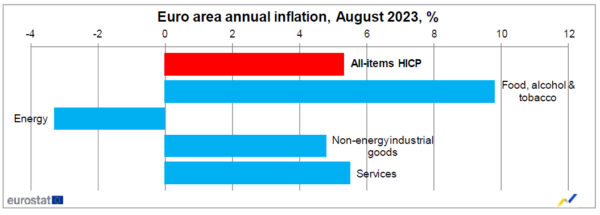
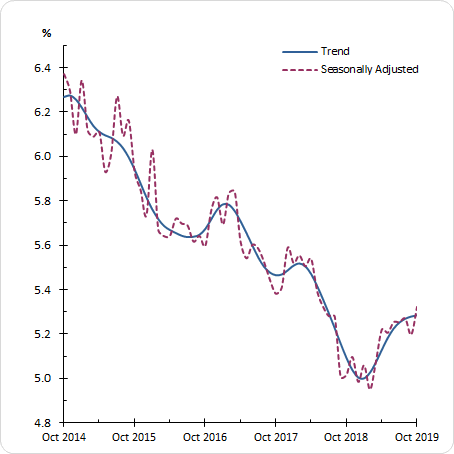
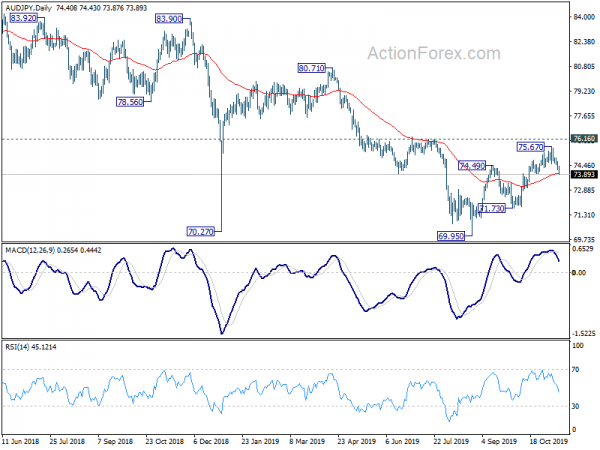
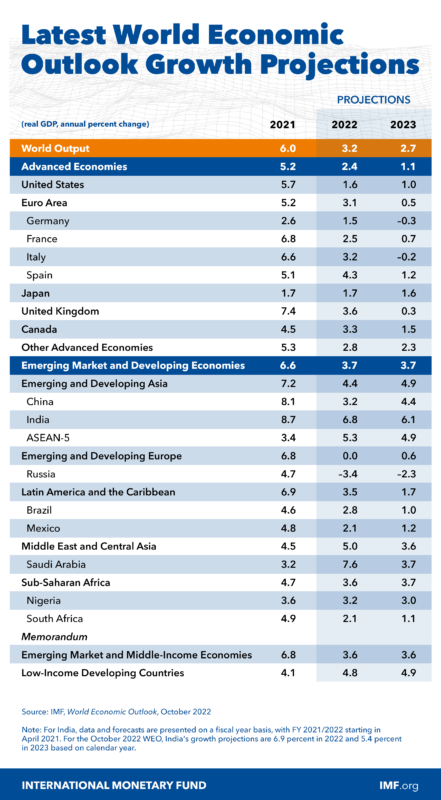
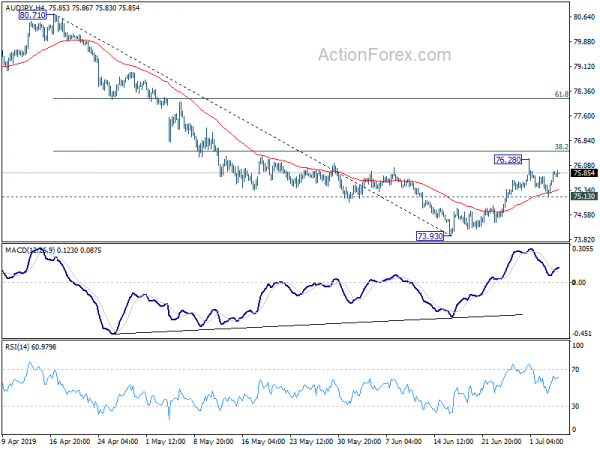
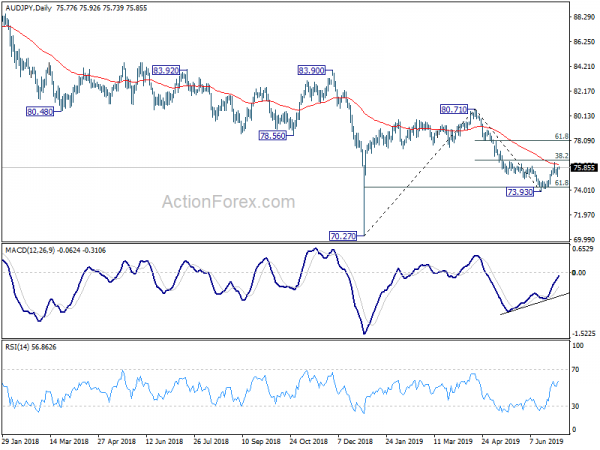
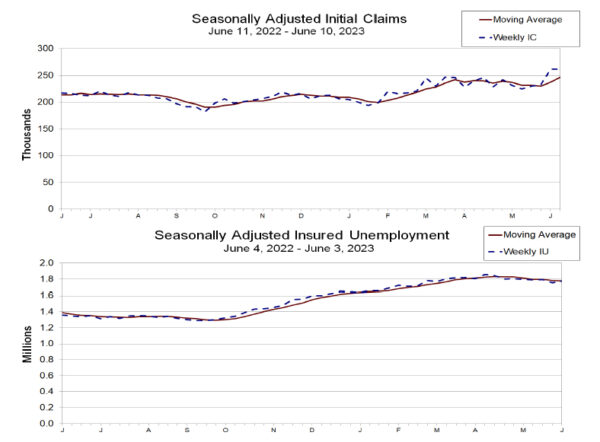

Johnson wins UK Conservative leaders, EU Barnier look forward to work constructively
Boris Johnson wins the six-week Conservative leadership race and is set to become the next UK Prime Minister. Johnson defeated his rival Foreign Minister Jeremy Hunt with 92153 to 46656 votes of party members. It’s seen by some as a spectacular victory of the public face of the Brexit campaign. Current Prime Minister Theresa May will leave office tomorrow after meeting Queen Elizabeth, who’s expected to formally appoint Johnson afterwards.
Brexit, due date on October 31, is the first thing for Johnson to handle. He said the three priorities are to deliver Brexit, unite the country and defeat Jeremy Corbyn. And he pledged to “get Brexit done”.
EU chief Brexit negotiator Michel Barnier said EU looks forward to “working constructively with Johnson when he takes office, to facilitate the ratification of the Withdrawal Agreement and achieve an orderly Brexit. Also, EU is ready also to rework the agreed Declaration on a new partnership in line with EUCO guidelines.
By loading the tweet, you agree to Twitter’s privacy policy.
Learn more
Load tweet